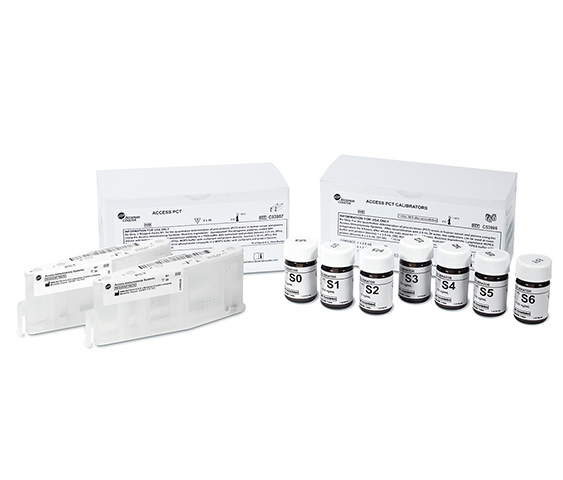*Use of MeMed BV with venous blood is 510k cleared, CE-marked, and approved by the Israeli Health Administration.
MeMed BV and MeMed Key are trademarks or registered trademarks of MeMed in the United States and other countries. Used under license. All other trademarks are the property of their respective owners.
Beckman Coulter is a distributor of MeMed BV. Not available in all markets. Please contact your local sales rep for more information about availability.
1. Oved K, Cohen A, Boico O, et al. A Novel Host-Proteome Signature for Distinguishing between Acute Bacterial and Viral Infections. PLoS ONE. 2015;10(3):e0120012. doi:10.1371/journal.pone.0120012
2. Centers for Disease Control and Prevention. Antibiotic use in the United States: Progress and opportunities, 2018 update. Centers for Disease Control and Prevention, Atlanta, GA. 2018.
3. Kornblith AE, Fahimi J, Kanzaria HK, Wang RC. Predictors for under-prescribing antibiotics in children with respiratory infections requiring antibiotics. The American Journal of Emergency Medicine. 2017;36(2):218-225. doi:10.1016/j.ajem.2017.07.081
4. MeMed data on file. Based on secondary endpoint analysis in Apollo Clinical Study (NCT04690569).
5. Oved K, Cohen A, Boico O, et al. A Novel Host-Proteome Signature for Distinguishing between Acute Bacterial and Viral Infections. PLoS ONE. 2015;10(3):e0120012. doi:10.1371/journal.pone.0120012
6. van Houten CB, De Groot J a H, Klein A, et al. A host-protein based assay to differentiate between bacterial and viral infections in preschool children (OPPORTUNITY): a double-blind, multicentre, validation study. The Lancet Infectious Diseases. 2016;17(4):431-440. doi:10.1016/s1473-3099(16)30519-9
7. Srugo I, Klein A, Stein M, et al. Validation of a novel assay to distinguish bacterial and viral infections. Pediatrics. 2017;140(4). doi:10.1542/peds.2016-3453
8. Eden E, Srugo I, Gottlieb T, et al. Diagnostic accuracy of a TRAIL, IP-10 and CRP combination for discriminating bacterial and viral etiologies at the Emergency Department. Journal of Infection. 2016;73(2):177-180. doi:10.1016/j.jinf.2016.05.002
9. Mor M, Paz M, Amir L, et al. Bacterial vs viral etiology of fever: A prospective study of a host score for supporting etiologic accuracy of emergency department physicians. PLoS ONE. 2023;18(1):e0281018. doi:10.1371/journal.pone.0281018
10. Papan C, Argentiero A, Porwoll M, et al. A host signature based on TRAIL, IP-10, and CRP for reducing antibiotic overuse in children by differentiating bacterial from viral infections: a prospective, multicentre cohort study. Clinical Microbiology and Infection. 2021;28(5):723-730. doi:10.1016/j.cmi.2021.10.019
11. Halabi S, Shiber S, Paz M, et al. Host test based on tumor necrosis factor-related apoptosis-inducing ligand, interferon gamma-induced protein-10 and C-reactive protein for differentiating bacterial and viral respiratory tract infections in adults: diagnostic accuracy study. Clinical Microbiology and Infection. 2023;29(9):1159-1165. doi:10.1016/j.cmi.2023.05.033
12. Chokkalla AK, Tam E, Liang R, Cruz AT, Devaraj S. Validation of a multi-analyte immunoassay for distinguishing bacterial vs. viral infections in a pediatric cohort. Clinica Chimica Acta. 2023;546:117387. doi:10.1016/j.cca.2023.117387
13. Kalmovich B, Rahamim-Cohen D, David SSB. Impact on Patient Management of a Novel Host Response Test for Distinguishing Bacterial and Viral Infections: Real World Evidence from the Urgent Care Setting. Biomedicines. 2023;11(5):1498. doi:10.3390/biomedicines11051498
14. Klein A, Shapira M, Lipman-Arens S, et al. Diagnostic Accuracy of a Real-Time Host-Protein Test for Infection. Pediatrics. 2023;152(6):e2022060441. doi:10.1542/peds.2022-060441
 English
English










